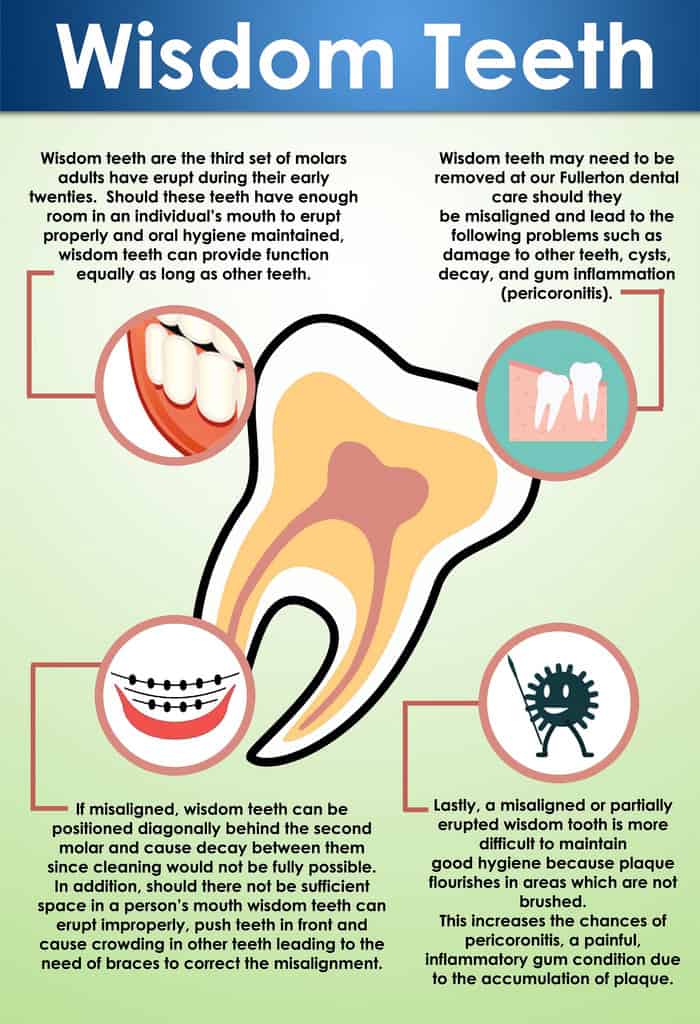Wisdom teeth, those molars that emerge at the furthest reaches of the gums, have intrigued and sometimes troubled humans for centuries. These third molars, as they are also known, typically appear during the late teenage years or early adulthood. Their arrival often heralds a mix of curiosity, discomfort, and uncertainty. When wisdom teeth begin to grow, they can cause various issues due to their late arrival in the mouth. One common problem is a lack of space. The jaw may not have adequate room to accommodate these additional teeth, leading to overcrowding and misalignment. As a result, nearby teeth can become crooked or shifted, affecting the overall alignment of the bite. The appearance of wisdom teeth can be accompanied by discomfort and pain. The gums may become swollen and tender as the teeth attempt to find their place. This discomfort can extend to the surrounding areas of the face, causing headaches or jaw pain. Are you looking about wisdom teeth removal? View the before discussed website.

In some cases, an impacted wisdom tooth, one that remains trapped beneath the gum line, can result in a localized infection called pericoronitis. Despite the potential issues, not everyone experiences problems with their wisdom teeth. Some individuals have sufficient space in their jaws, allowing these molars to grow without causing any significant concerns. In such cases, the wisdom teeth can function properly alongside the rest of the teeth, aiding in the chewing process. The decision to remove wisdom teeth often depends on an individual’s unique circumstances. Dentists and oral surgeons evaluate several factors before recommending extraction. X-rays help determine the alignment of the teeth, the presence of infections, and the potential for future complications. It is common for wisdom teeth to be removed preventively, even before they cause problems. This approach aims to minimize the risk of complications later in life when the extraction process might be more challenging. Removal is typically recommended during the late teenage years or early adulthood when the roots of the wisdom teeth are not yet fully developed, making extraction easier.
When it is time to remove wisdom teeth, the procedure is usually performed under local or general anesthesia. The oral surgeon skillfully extracts the teeth, taking care not to damage the surrounding structures. While wisdom teeth can bring about discomfort and potential complications, their presence is not a universal cause for concern. Ultimately, the decision regarding the removal of wisdom teeth should be made in consultation with a dental professional, who can provide guidance based on an individual’s unique dental anatomy and oral health. Wisdom tooth removal is a common dental procedure that involves the extraction of the third molars located at the back of the mouth. This procedure is often recommended to prevent potential complications such as overcrowding, misalignment, infections, and pain. Under the care of a dental professional, wisdom tooth removal is typically performed with the use of anesthesia to ensure a comfortable experience. Following the extraction, a brief period of recovery is necessary, during which patients may experience mild swelling and discomfort.



